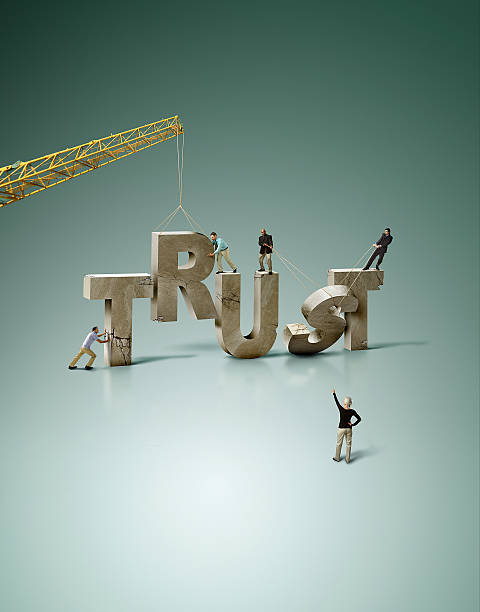Why Rest and Recharge Matter More Than Ever
Taking a vacation is important. Have you ever skipped taking one? Felt like you couldn’t take one because things would fall apart at work, or that you’d be so far behind when you got back, it wasn’t worth it? If so, you’re not alone.
I recently returned from a two-week vacation. I think the last time I did that was for my wedding and honeymoon, which was nearly 15 years ago. It got me thinking about how important vacations can be to reconnect with those you love (including yourself!), change up your environment, and remember who you are when you’re not in your routine (or dare I say, rut?).
For many, the concept of taking a vacation often feels like a luxury rather than a necessity. Yet, stepping away from the demands of work, routines, and everyday responsibilities is not merely indulgent—it is essential for maintaining physical health, promoting mental well-being, and enhancing overall productivity. A vacation is not just time off; it is an investment in yourself (and your family or friends) and your ability to function at your best.
Escaping the Grind: Why You Need A Break
The human body and mind are not built to operate under constant stress. Many people find themselves overwhelmed by deadlines, work pressures, and the relentless demands of daily life. This chronic stress can lead to burnout, anxiety, and a host of physical health issues, including high blood pressure, weakened immunity, and even heart disease.
Taking a vacation provides an opportunity to step back, recharge, and reset. Vacations reduce stress levels by removing you from the sources of your strain and allowing your body and mind to recover. Studies have shown that people who take regular vacations experience lower rates of depression, better cardiovascular health, and improved mental clarity.
Enhancing Productivity Through Rest
Contrary to the common belief that working endlessly boosts productivity, the truth is that breaks, including vacations, are critical for peak performance. After periods of intense focus and effort, the brain needs downtime to process information, solve problems creatively, and regain energy.
Vacations help restore this balance by giving you the chance to experience new environments, disconnect from work-related challenges, and engage in activities that inspire fresh perspectives. Upon returning to work post-vacation, employees often exhibit increased motivation, heightened creativity, and renewed vigor, leading to better results and a more optimistic outlook.
Cultivating Stronger Relationships
Vacations are not just about personal well-being; they also contribute to the health of your relationships. Time spent with family, friends, or loved ones allows you to deepen bonds, share experiences, and create lasting memories. Whether it’s a simple weekend getaway or a grand overseas adventure, the shared moments enrich your connections and bring joy to all involved.
In the absence of work-related distractions, vacations provide a platform for meaningful conversations and quality time, strengthening the fabric of relationships that might otherwise be strained by daily pressures.
Exploring the World and Yourself
Traveling to new destinations during vacation is one of the most enriching experiences one can have. It exposes you to diverse cultures, perspectives, and ideas, broadening your understanding of the world. These discoveries not only foster personal growth but spark inspiration that fuels your creativity and decision-making in professional and personal realms.
Vacations provide a rare chance to reconnect with yourself. Away from the noise of daily life, you can reflect on your goals, values, and aspirations. Whether you spend time wandering through historical landmarks or relaxing on a serene beach, the act of stepping away allows you to rediscover your purpose and priorities.
Overcoming Barriers to Taking a Vacation
Despite the clear benefits, many people, especially leaders, hesitate to take vacations due to workload pressures (including the lack of delegation or trust), fear of falling behind, and even putting your employment at risk. It is crucial to recognize that these obstacles can often be mitigated with proper planning and communication. Strong leaders understand the value of rested, satisfied employees and are more accommodating of vacation requests. And they also model this behavior and provide the added benefit of empowerment for their team members while they are away.
Making Vacation a Priority
To truly reap the benefits of taking a vacation, it is necessary to prioritize it in your life. View it as an essential element of your health and happiness, not an optional luxury. Schedule vacations regularly and treat them as sacred time, free from work emails, calls, and distractions. Encourage those around you—family, friends, colleagues—to do the same. Advocate for a work culture that values breaks and understands their role in fostering creativity, mental health, and long-term productivity.
Time to Thrive
Taking a vacation is important and is much more than an escape; it is a key component of living well. Whether you choose to unwind at home, explore a bustling city, or retreat to a mountain hideaway, the act of giving yourself permission to pause is transformative. Vacations fuel your body, mind, and soul, allowing you to return to your life recharged, inspired, and ready to tackle challenges with renewed focus.
So, the next time you consider skipping a vacation, think again. Your well-being, relationships, and even your career might depend on it. Make the time to rest, explore, and enjoy—because thriving is always better than simply surviving. Reach out if you want to talk more about strategies that allow you to prepare to take a break without adding stress to your already busy life.
















